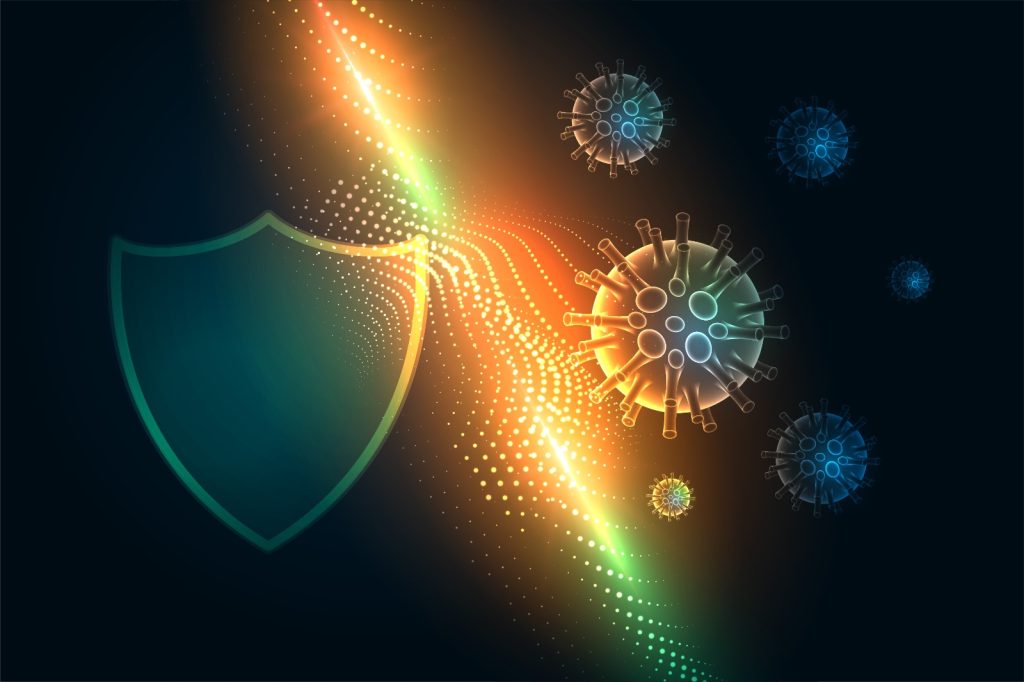You are always under attack. Harmful and deadly microorganisms such as viruses, fungi and bacteria are always trying to invade your body. To repel these attacks, the body system developed a special defensive mechanism called the Immune System to protect your health from all unwanted guests at all times.
The immune system is not one specific organ or part of your body. It is a combination of tissues, cells & organs, some of which are lymph nodes, white blood cells, bone marrow, skin, and more. While all parts of the immune system are very important, white blood cells, also known as leukocytes, play an essential role in this defensive mechanism, by continually scanning the tissues and organs for any suspicious signs.
How?
When foreign organisms called antigens, manage to cut through your first line of defense, that is your skin, and enter inside your body, they quickly begins to use your body’s vital resources to increase in numbers. This leads to change in your body’s environment. The change in your body system triggers the attention of the white blood cell and your body’s immune responses get activated. However, the threat to our body system is always different. This is why the immune system relies on many different types of white blood cells to tackle it. The types of white blood cells are classified into two main groups called; Phagocytes and Lymphocytes.

First, the phagocytes trigger the immune response and order an army of macrophages and dendritic cells to enter the blood cells and chew the unwanted enemy. While eating the intruder, the phagocytes gather information about it and send it to the second major cell group called the lymphocytes. Then the group of alerted lymphocytes, called T-cells, quickly takes action and goes in search of infected body cells and destroys them. Meanwhile, another variant of lymphocytes starts using the information gathered from antigens and start to produce a special kind of protein called antibodies. These specialized proteins lock onto the targeted antigens to finish them off.
While all this is happening inside your body, you can develop symptoms such as high temperature. This helps your immune system to fight off the invaders as viruses and bacteria often find it difficult to multiply and expand territory inside a warmer body.


